Museo de Sitio Bodega y Quadra, Lima
A review of the Museo de Sitio Bodega y Quadra, an excavated set of colonial-era buildings in Lima’s Centro Historico. This free city centre museum is not on the main tourist circuit, but perhaps should be as it gives a good understanding of the city’s past.
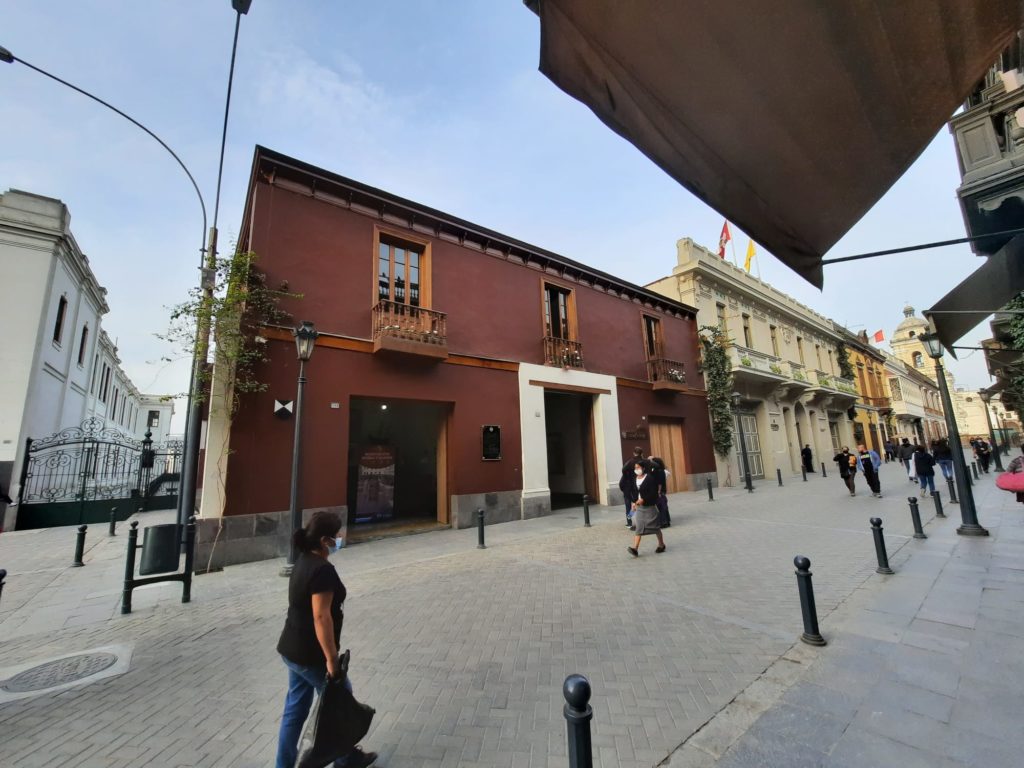
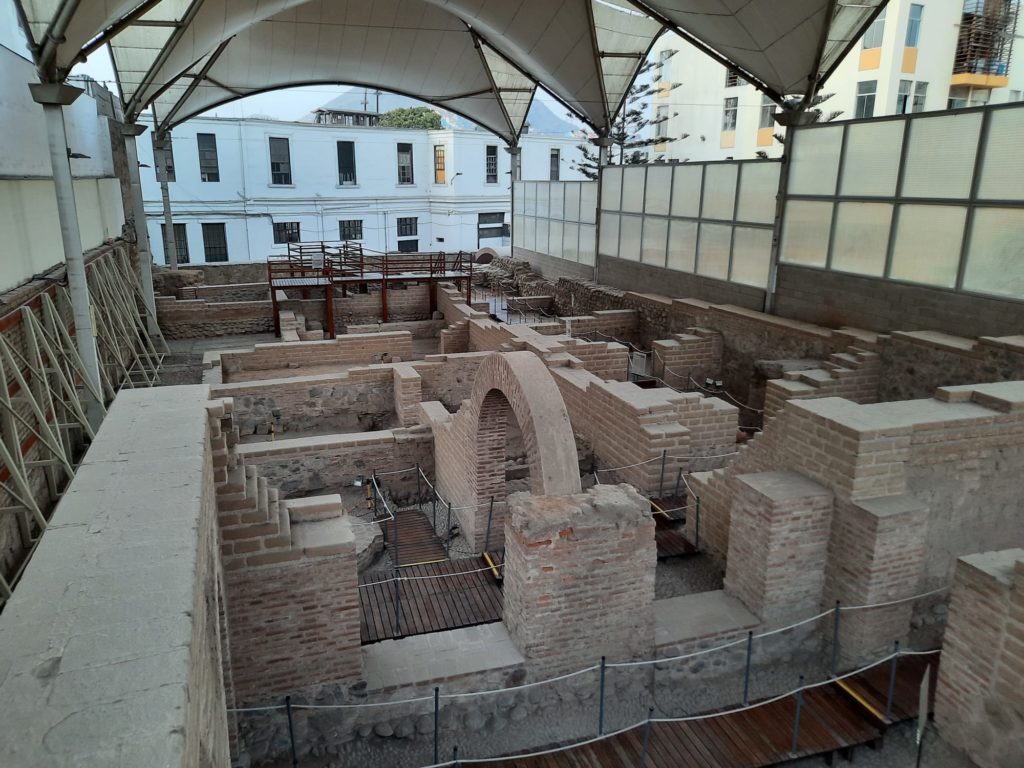
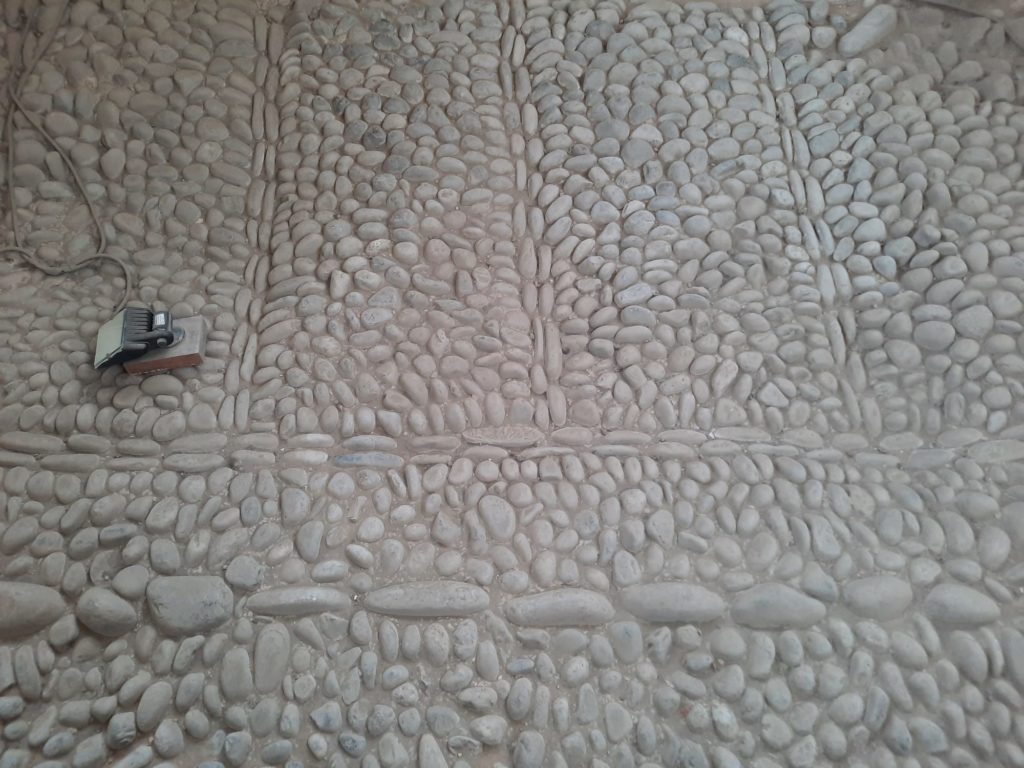

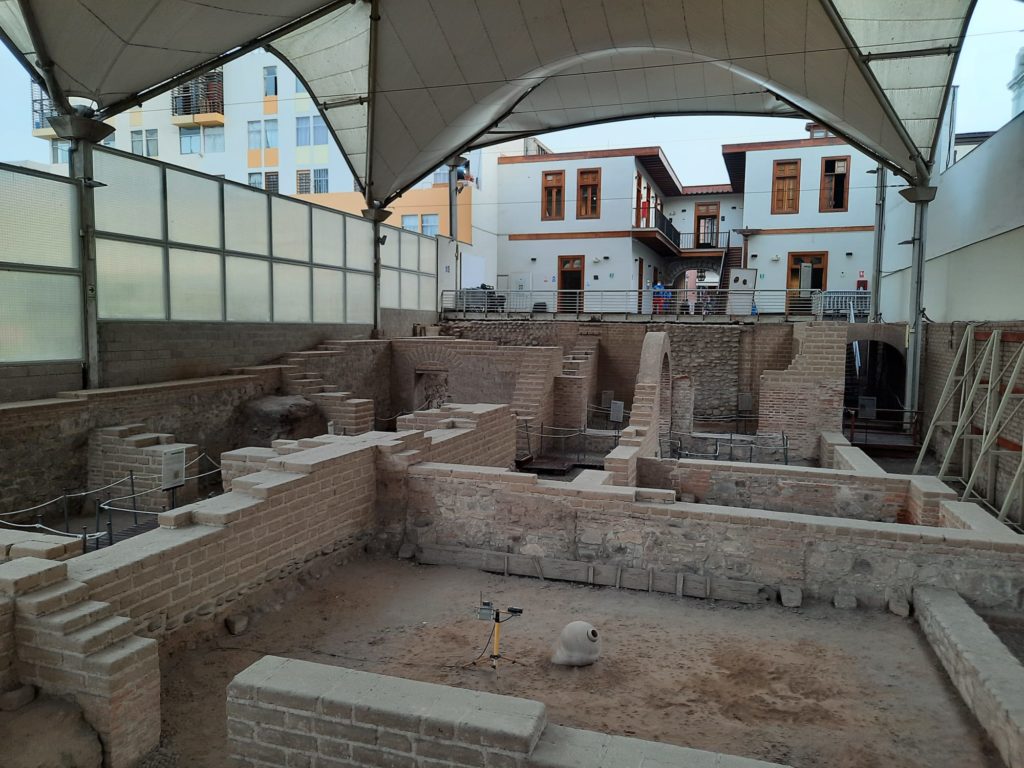
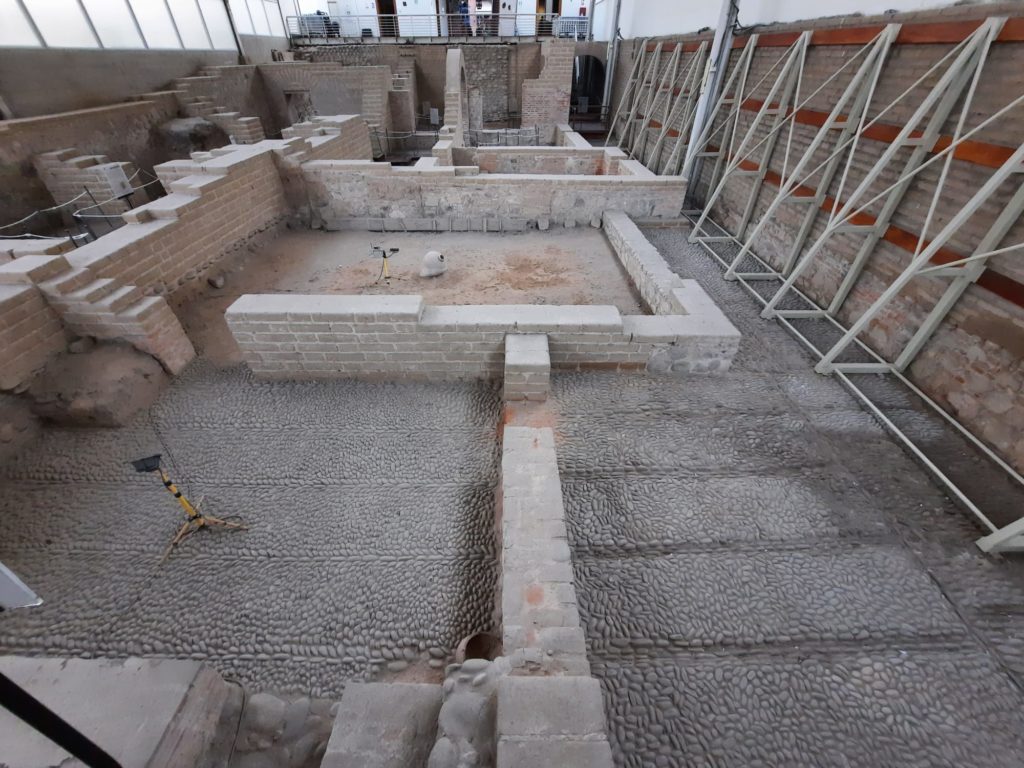
Museo de Sitio Bodega y Quadra
Many of you know me by now – I can’t pass up an archaeological site. So when this museum was pointed out to me on my first day in Lima as part of a free walking tour of the Centro Historico, I made a mental note to find out more. It turns out, however, that there isn’t much online about this museum. Nothing else for it, then – I would have to visit for myself!
The Museo de Sitio Bodega y Quadra (Museum of the Bodega and Quadra Site) is very centrally located. It was once more or less adjacent to the city walls. Today, it’s a couple of minutes’ walk from the Plaza de Armas; on a street of souvenir shops close to El Cordano (which I recommended here). This is the only fully-excavated colonial building in the historic centre. And its discovery and transformation into a museum seems to have come about by accident.
From what I have gleaned online (mostly in Spanish), the building was discovered in 2005 during excavations for the construction of another building. There must have been a lot of head scratching or a protracted legal process after that; it was only in 2012 that the Peruvian Ministry of Culture began the process of creating a museum. The museum includes the archaeological excavation, and also a seven-room museum in a restored Republican-era house. It displays and interprets some of the finds and tells the story of the building, its uses and famous connections.
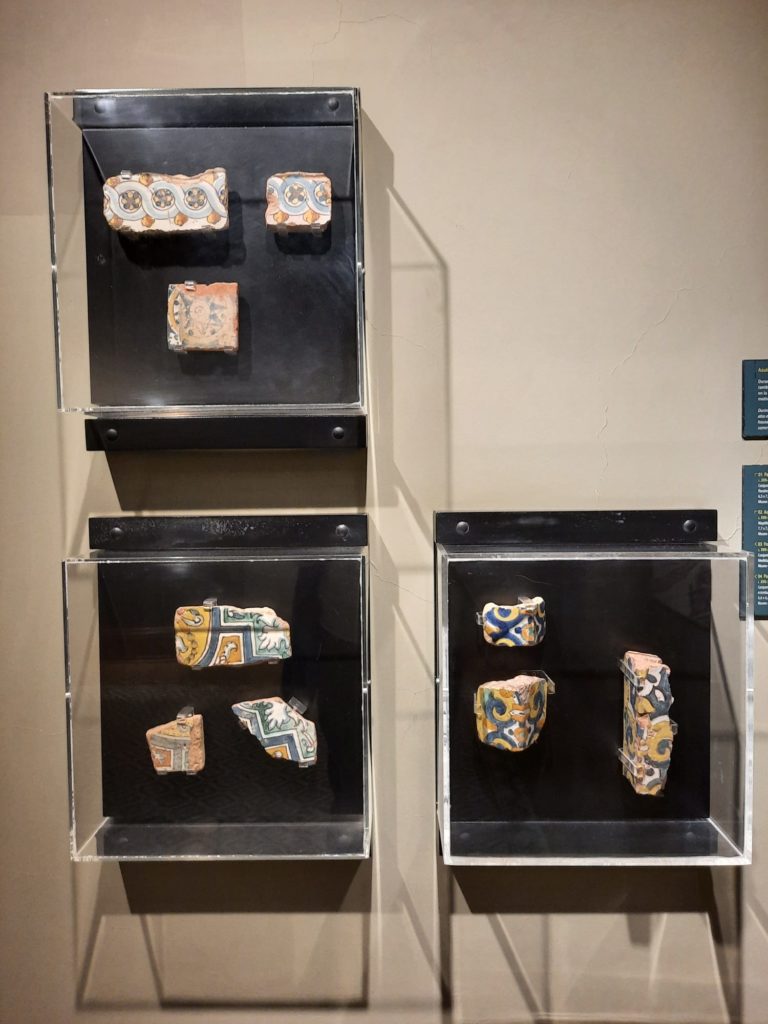
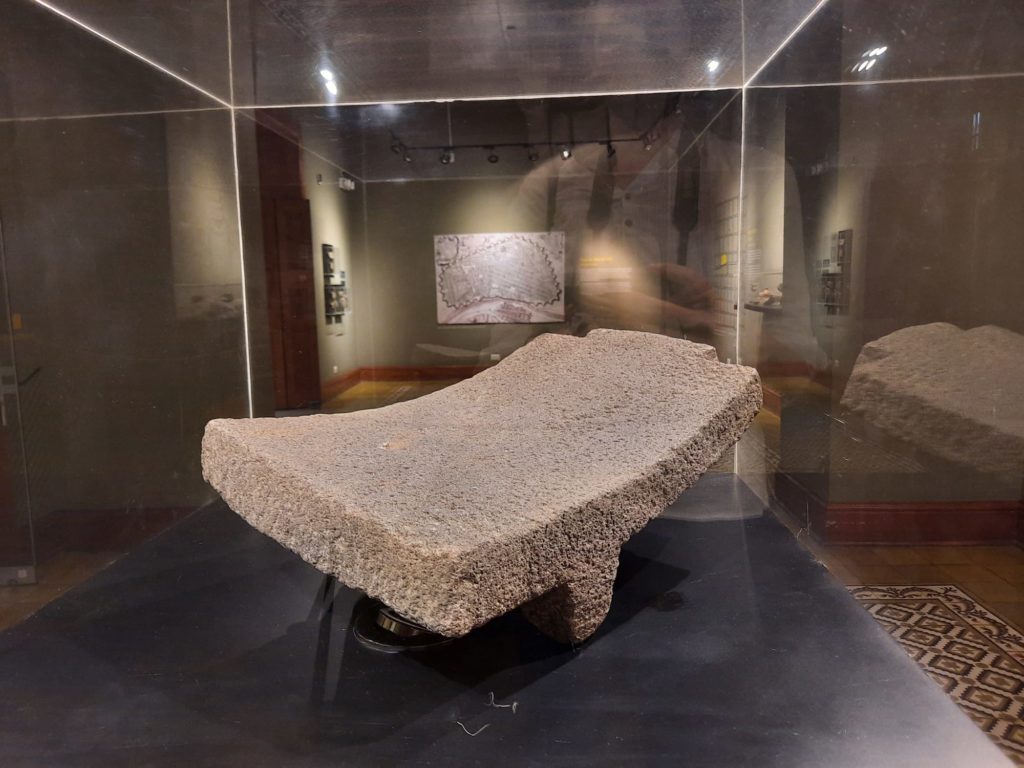
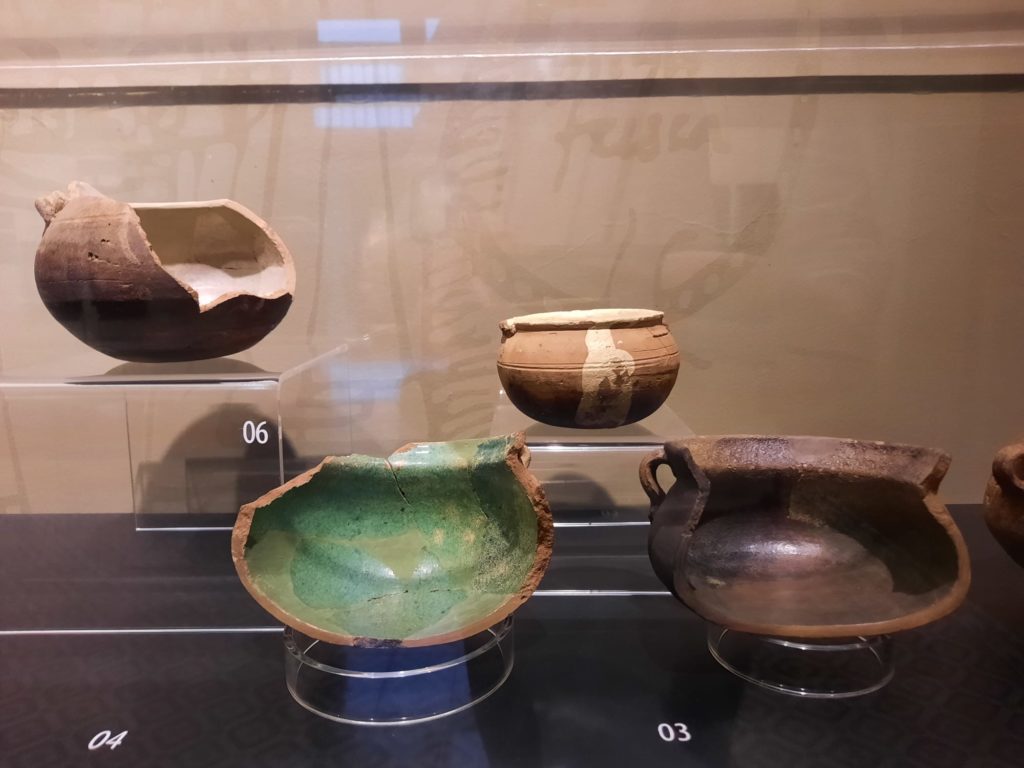
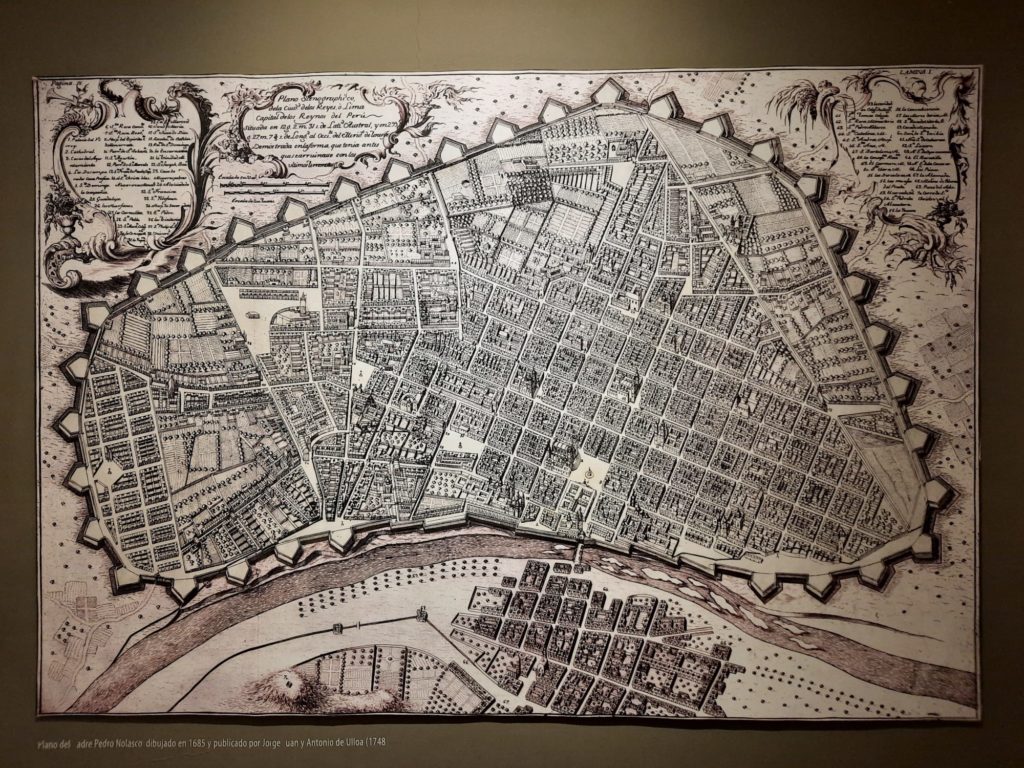
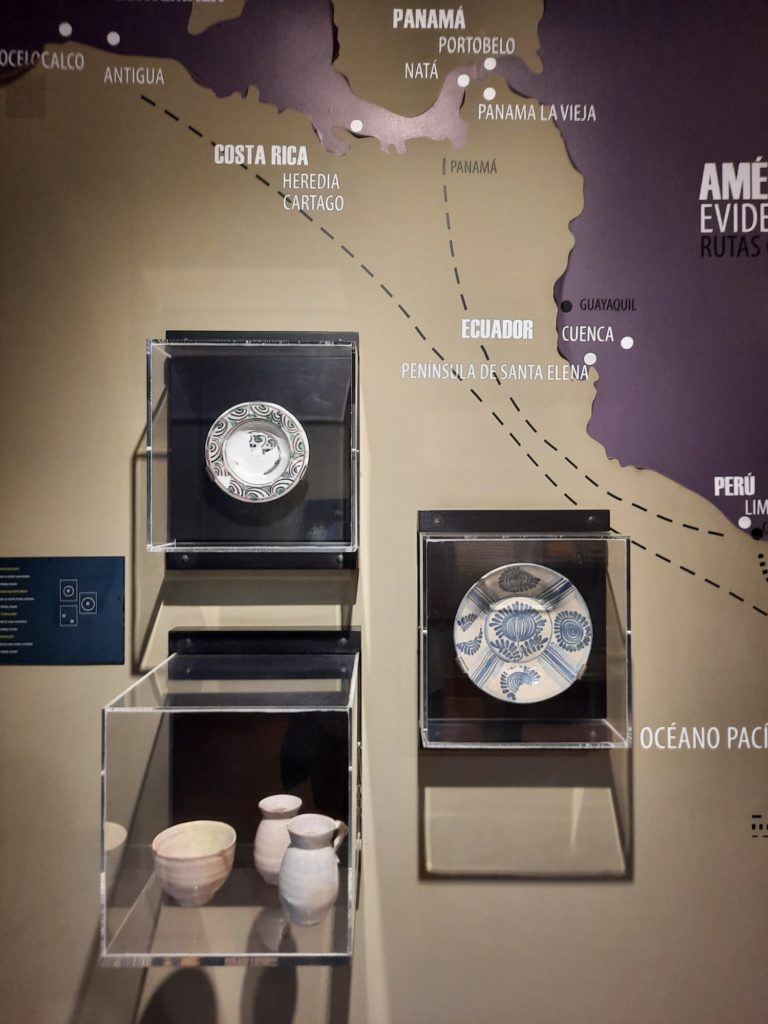
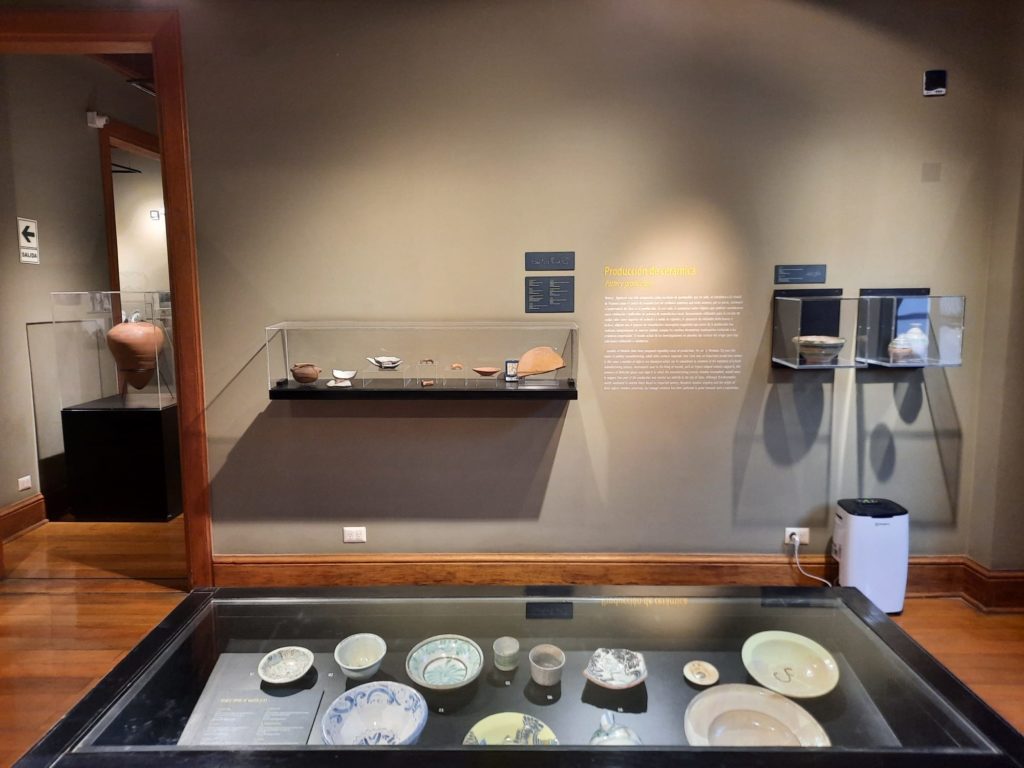
So Who Lived Here And What Objects Can I See?
Firstly, the ‘Bodega y Quadra’ in the museum’s name isn’t some sort of overly literal naming process (the words mean ‘Cellar and Stable’). It actually refers to the most famous inhabitant to have owned the site, Juan Francisco de la Bodega y Quadra, who was a Lima-born 18th Century explorer. So just a coincidence if there are cellars and stables amongst the excavations.
As for the excavations themselves, the original buildings date to the 16th-18th Centuries. The site was a butcher’s and slaughterhouse for much of this time. There’s also evidence for a cobbler’s on the site or nearby. Rather a lot of the original structures survive. You can see the rooms and walls as well as detailing of decorative/practical pebble floors. A later Jesuit church on the site is gone, but the present-day house which is now the museum may have also had a Jesuit connection.
The excavation was very careful. So in the archaeological section you can see the development of the buildings over centuries (eg. blocked off doorways and other signs of changes) as well as elements of original decoration. A wide variety of objects from the site are now on display mostly by their origin in the rooms upstairs. There are objects from as far afield as China which tell a tale of trade and fashion. And a number of pieces of Panamanian tin-glazed pottery, which the information panels explain in depth. There are even pre-Hispanic finds.
Given that the majority of the finds come from on-site rubbish dumps, there is a good cross section of types of objects. Plus they’re carefully and thoughtfully arranged by the stories they can tell. Towards the end of the museum there’s also a room which tells the story of Juan Francisco de la Bodega y Quadra, although not through first hand evidence.
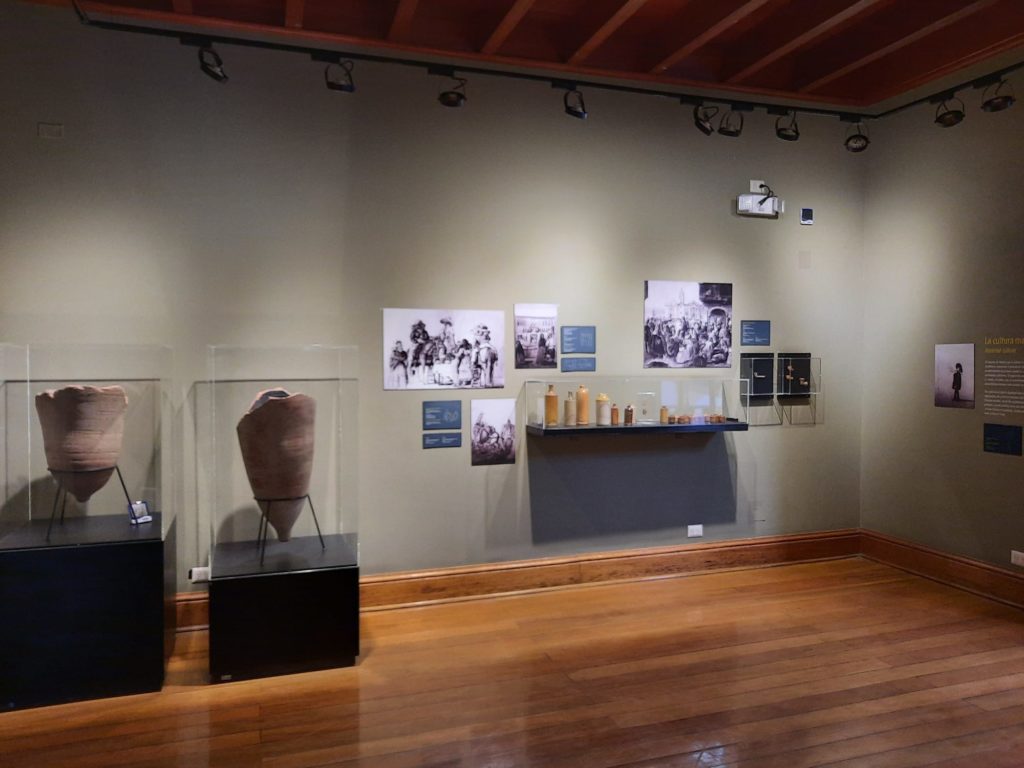
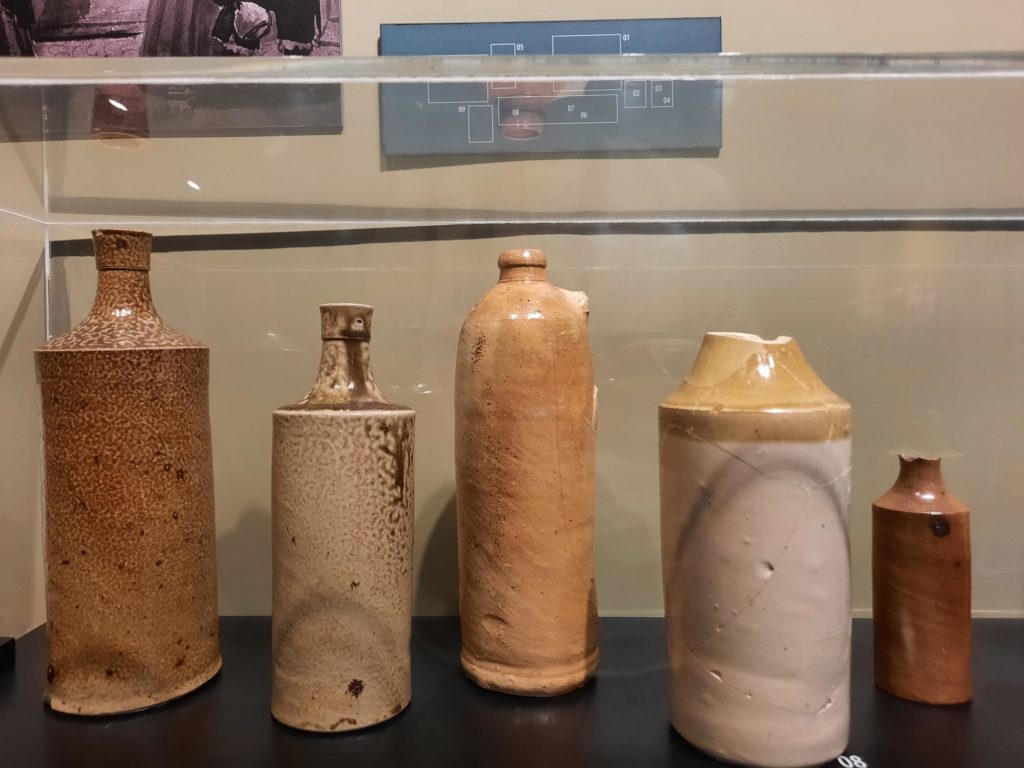
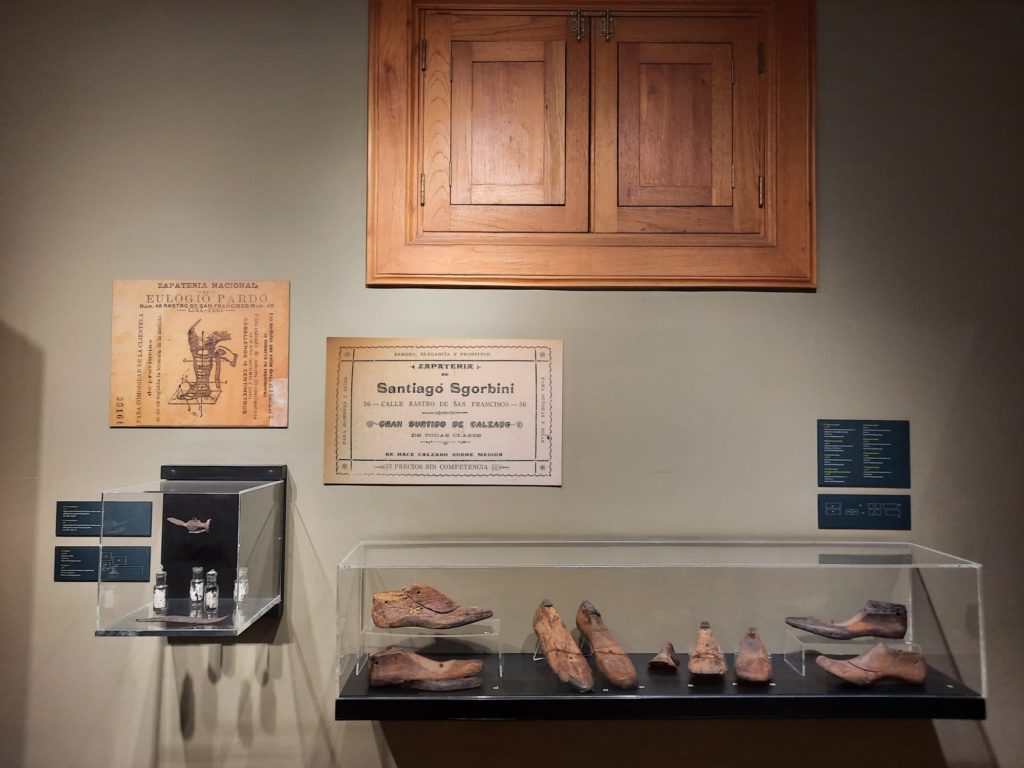
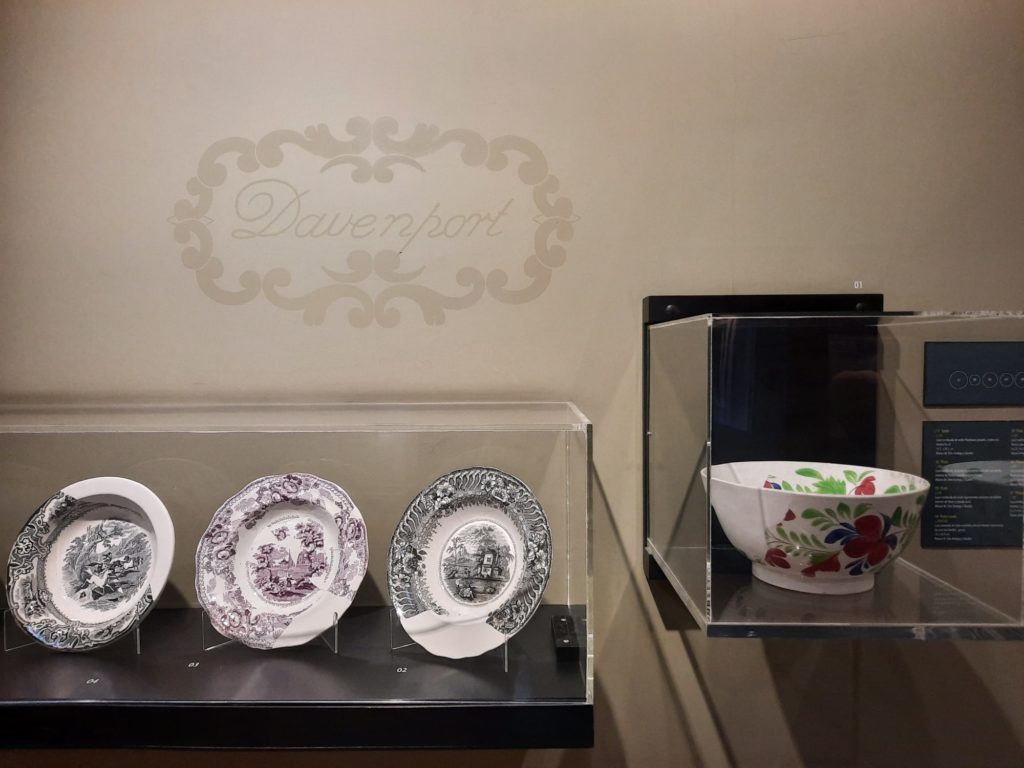
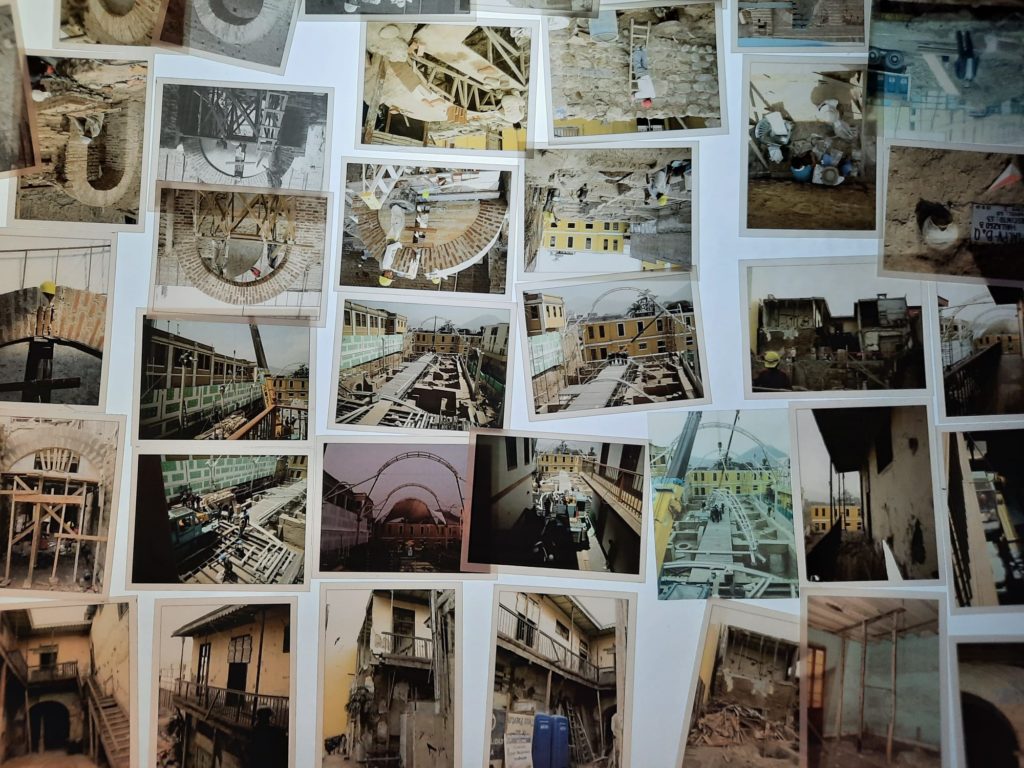
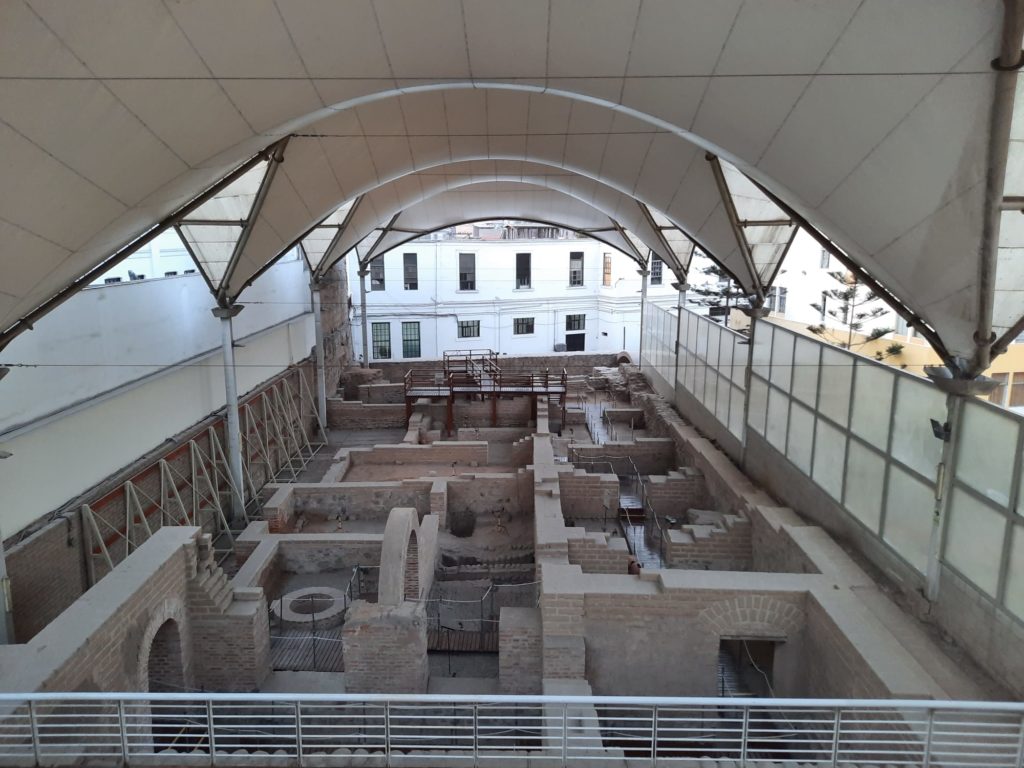
Should I Visit This Museum?
Firstly, please let me point out that entrance is free. As of May 2022 you just needed to show a Covid pass. So even if you only find it mildly interesting, you’re sure to be passing by if you’re in the Centro Historico so it’s worth popping your head in.
Over and above casual interest, I definitely recommend the Museo de Sitio Bodega y Quadra for those with an interest in history or archaeology. It was fairly unique amongst museums I visited in Peru for the understanding it gave me of the colonial period. There are museums (like the Museo Pedro de Osma) which tell the story of colonial art. But not many that tell the story of colonial life. Or at least not this clearly. By visiting the Museo de Sitio Bodega y Quadra I learned how the Spanish laid out cities and divided land. The types of consumer goods people owned, and by extension the trade connections they had to the world. And importantly, I could visualise the hustle and bustle of early Lima by walking along the well-preserved lanes and peering into rooms. I’m just glad I didn’t have to smell that unrefrigerated butcher’s shop!
Salterton Arts Review’s rating: 3.5/5
PS: If you enjoyed reading about this museum and it sounds like your kind of thing, I also recommend this post from my trip last year to Lisbon.
Trending
If you see this after your page is loaded completely, leafletJS files are missing.

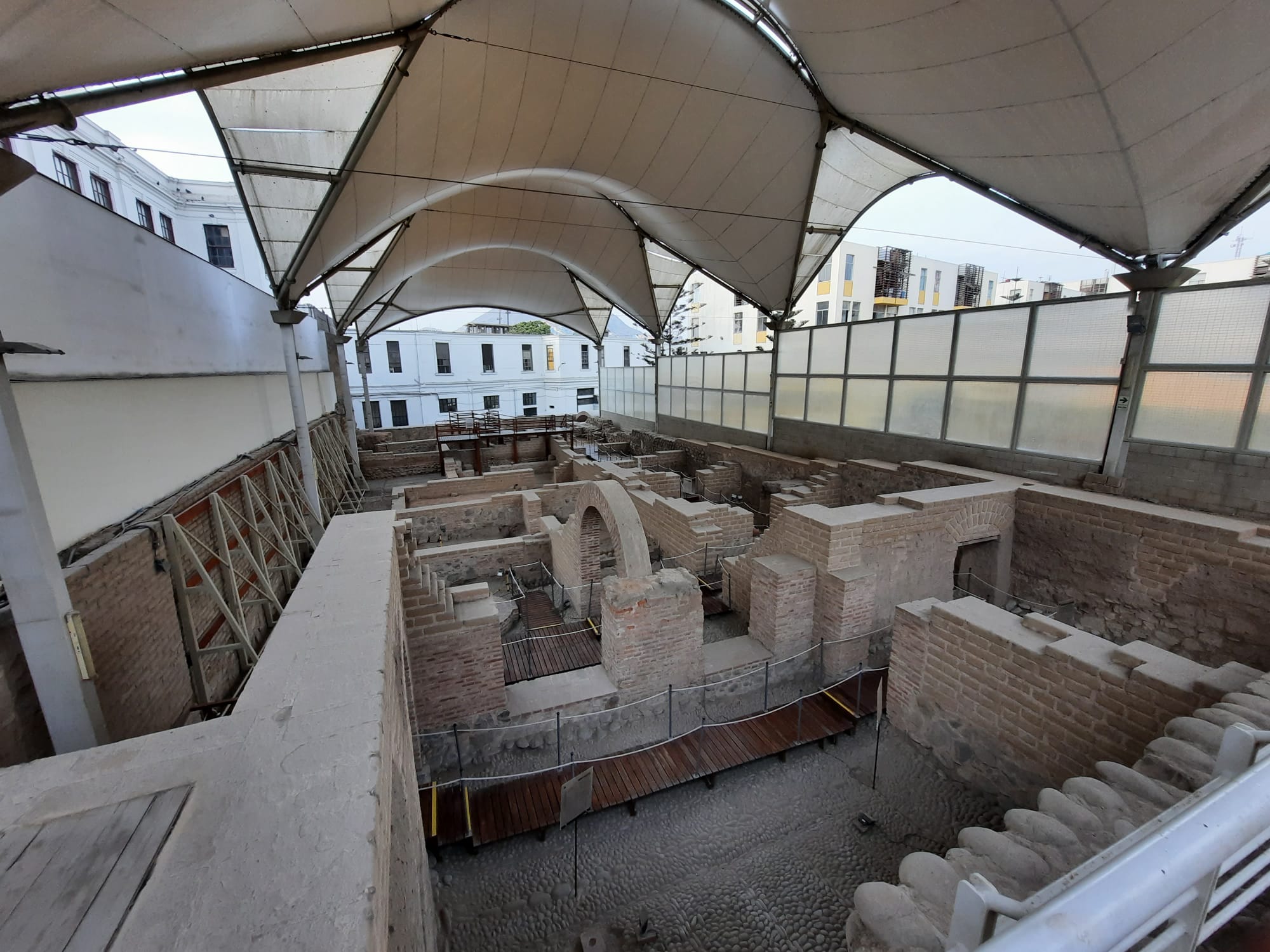
2 thoughts on “Museo de Sitio Bodega y Quadra, Lima”